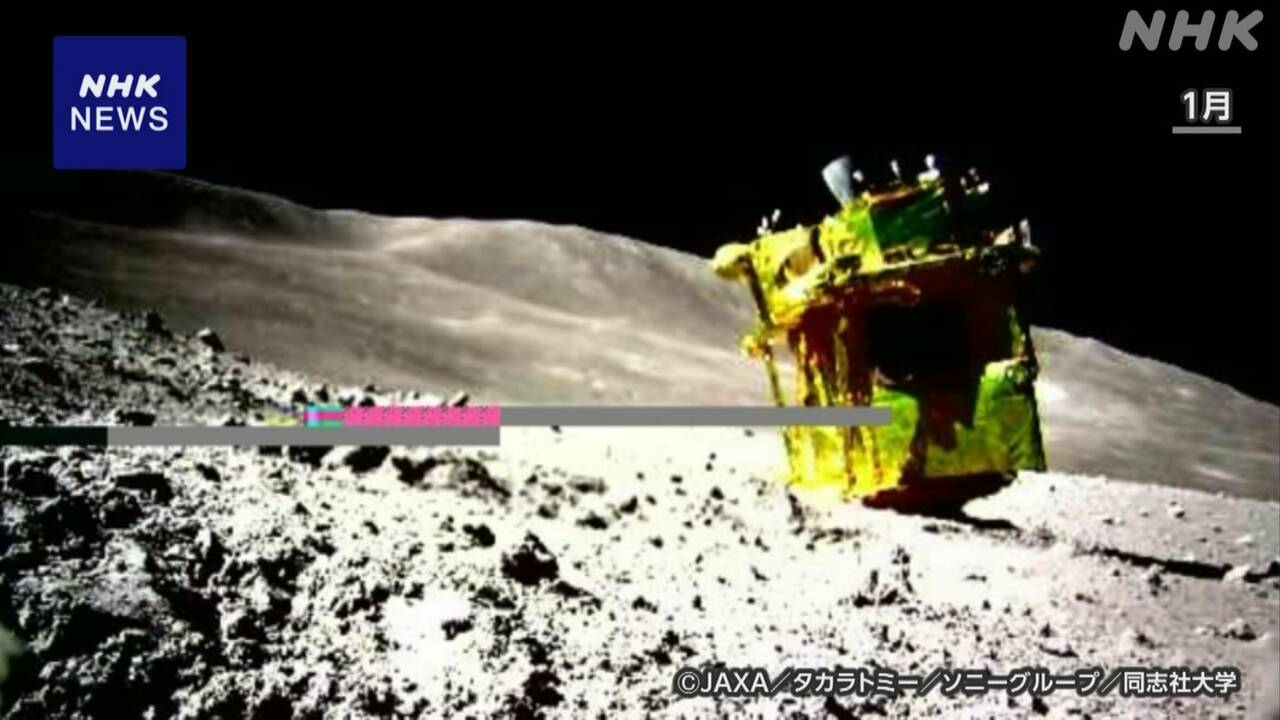Last month, JAXA (Japan Aerospace Exploration Agency) confirmed that the unmanned probe "SLIM", which had been in a "dormant state" after Japan's first successful landing on the moon and conducted a survey, was able to overcome the low temperature of the lunar night. It has been revealed that communication has been re-established.
In the future, we would like to obtain new data if we determine that it is possible to operate the special cameras installed.
Last month, the unmanned spacecraft "SLIM" developed by JAXA and others succeeded in landing on the moon for the first time in Japan, but because it landed in a different attitude than expected, it had to wait for the sun to hit the direction of the solar cells before landing. After about eight days, communication with the ground was re-established, and a special camera was used to investigate the origin of the moon from rocks on the moon's surface.
After that, as the landing site fell into the night, ``SLIM'' went into a ``dormant'' state after its last communication on the 31st of last month.
According to JAXA, SLIM was not designed to withstand a moonlit night with temperatures as low as -170 degrees, but when it attempted to communicate since the landing site was in the middle of the day, it returned again around 7 p.m. on the 25th. It has been revealed that communication has been established.
However, because the temperature of some of the communication equipment inside the spacecraft exceeded 100 degrees, operation was limited to a short period of time to prevent breakdowns.
JAXA and other organizations will try to establish communication again on the night of the 26th, and if it is determined that the special cameras on board are operational, they will conduct observations and hope to obtain new data.

